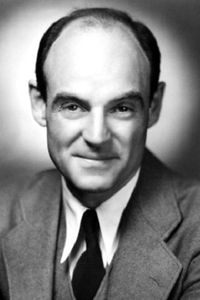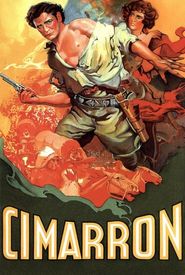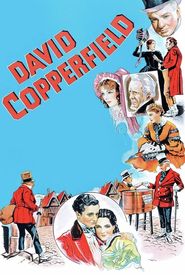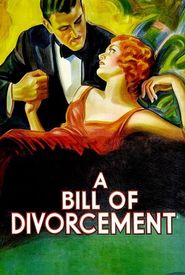Detroit-born Howard Estabrook embarked on a show business career as a stage actor in New York in 1904. His initial foray into the world of entertainment laid the groundwork for a multifaceted career that would span several decades. As the years progressed, Estabrook began to transition into the realm of film, making his on-screen debut in 1914. He would go on to appear in numerous films, showcasing his versatility as an actor. Furthermore, in 1917, Estabrook demonstrated his talent behind the camera, directing a few films that showcased his expertise in the art of filmmaking.
After a brief hiatus from the film industry, Estabrook returned in 1921, taking on executive roles with various studios. This marked the beginning of a new chapter in his career, as he began to produce films in 1924. His entrepreneurial spirit and creative vision would soon lead him to turn his attention to screenwriting. Estabrook's remarkable talent as a screenwriter would result in the creation of several iconic films that have come to be regarded as classics of Hollywood.
Notably, his screenplay for the 1930 film Hell's Angels is considered a masterpiece, as is his work on Cimarron (1931),for which he received an Academy Award. Additionally, his screenplay for David Copperfield (1935) is another notable achievement. Estabrook's impressive body of work was recognized with an Academy Award nomination for his screenplay of Street of Chance (1930).










































